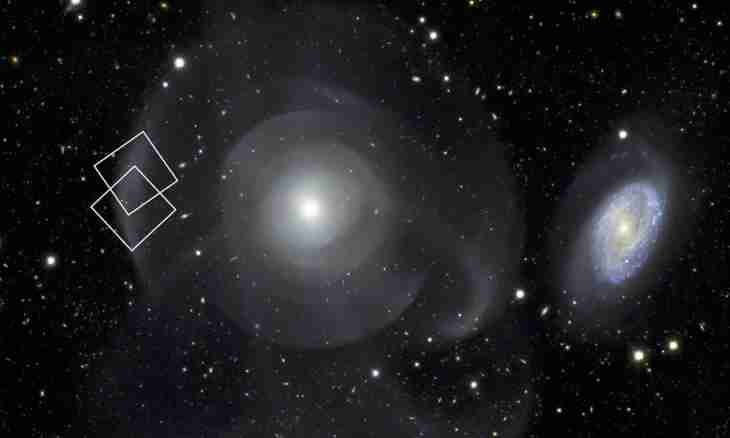Since Ancient Babylon the mankind knew about 12 zodiac signs: Scorpion, Maiden, Scales and others. In the 20th century it was offered to select the 13th sign. New zodiac "house" was seen in the Ophiuchus constellation.
Some astronomers started talking about the 13th sign, astrologers picked up - but besides only some. To understand that occurred, it is necessary to specify value of such concepts as "Zodiac", "zodiac sign" and "constellation".
Zodiac
The zodiac is called conditionally allocated strip surrounding a firmament along an ecliptic – the imagined line along which the Sun moves on a firmament within a year. In 7 century BC the Babylon priests divided this belt into 12 parts which are called zodiac signs, or zodiac houses. Originally the system had purely utilitarian value – the account of time, only later in it saw something mystical, connected with prediction of destiny.
Signs needed to be designated somehow, and they were correlated to the constellations located in the sky in these parts – correlated, but not identified. Zodiac signs are called sometimes "zodiac constellations", but it is incorrect: it is not about constellations, namely about sites of the heavenly sphere. Such understanding of zodiac signs remains also in modern astrological tradition: since Babylon the type of the star sky changed because of a precession of a terrestrial axis, signs do not correspond for a long time to constellations in honor of which are called, but still says about the person who was born at the beginning of March that he was born under the sign of Fishes.
Constellations
The term "constellation" for the modern astronomer designates not absolutely the same as for the ancient wise man astrologer. Originally constellations were called groups of stars in which the person saw some familiar outlines. With development of science it became clear that association of stars in such groups is conditional that the stars entering one constellation are divided by thousands of light years, but this system of orientation in the star sky was so convenient that astronomers kept it. Nevertheless a certain inconvenience was: every year astronomers open new stars and other objects which do not fit into outlines of constellations, and it is necessary to designate their situation in the star sky. Therefore in 1922. The international astronomical congress decided to consider constellations not of group of stars, and sites of the heavenly sphere, lines between which are drawn on heavenly meridians and parallels. In 1935, borders of constellations in new understanding were finally specified. Also it turned out that the site of the star sky which is in Ophiuchus constellation borders slightly "comes" on a zodiac belt. It allowed the American scientist P. Kankl to lead the conversation on introduction of the 13th zodiac sign - Ophiuchus. At astronomers its offer of special enthusiasm did not meet: the Ophiuchus constellation not so mentioned a zodiac belt to speak about the full sign and the system of the Zodiac is not of great importance in modern astronomy. And here some astrologers hurried to say that all horoscopes still were formed incorrectly – without the 13th sign that they need to be reconsidered. To someone the similar advertizing course helped to attract clients – the astrologer arguing on the 13th sign seemed "more knowing", than others, and claims for communication with scientific astronomy gave to his words the additional weight and the book in which a certain nonconventional point of view is stated, it is much easier to sell. But in general the system from 13 signs did not become dominating in astrology.

